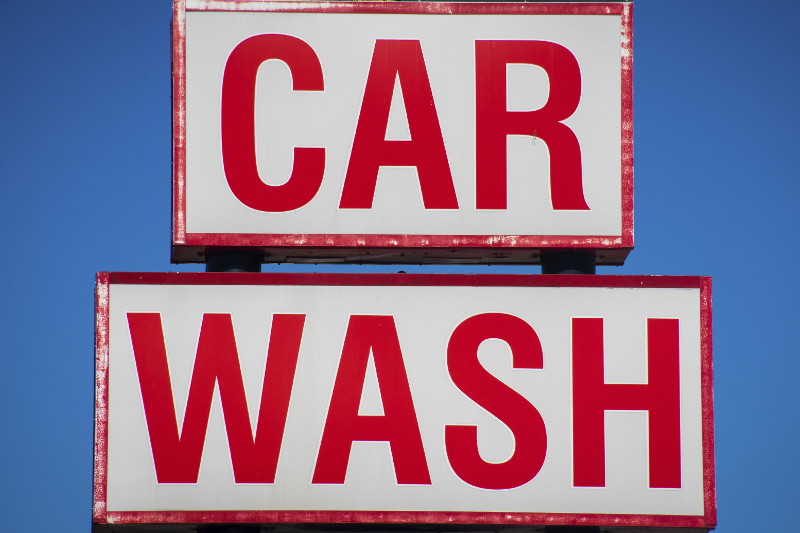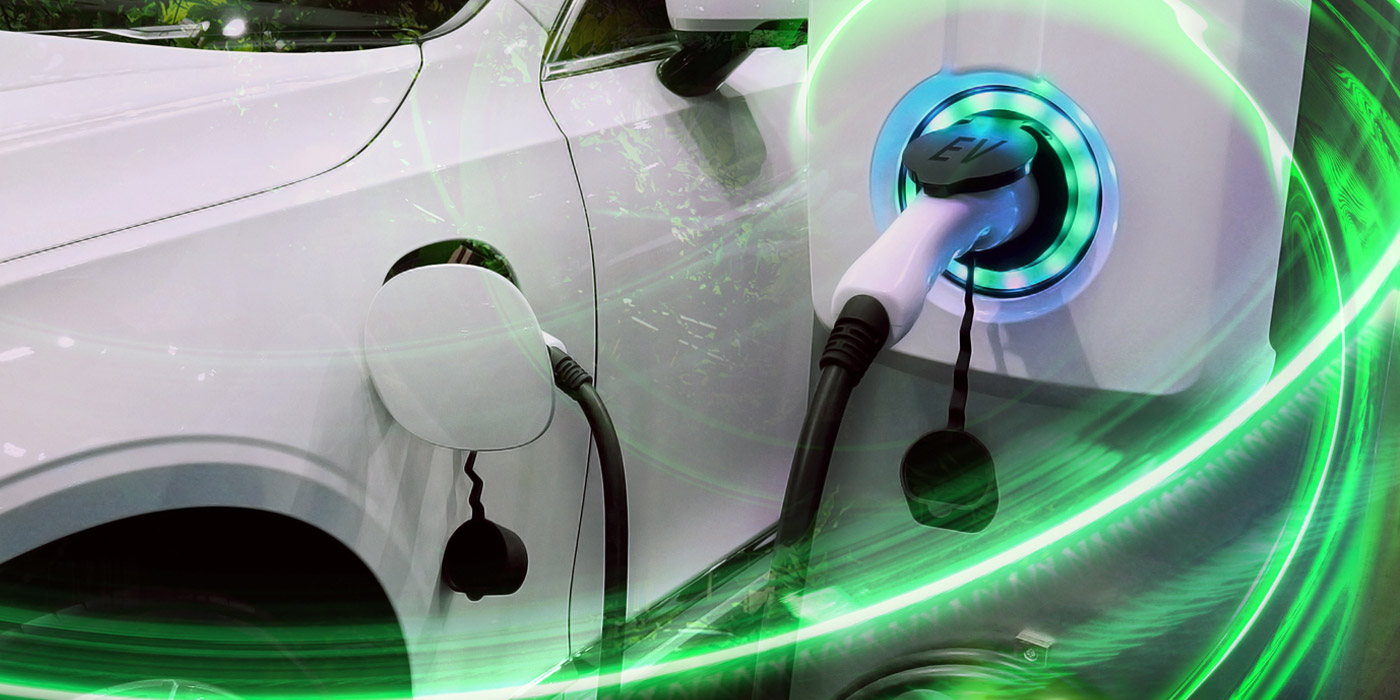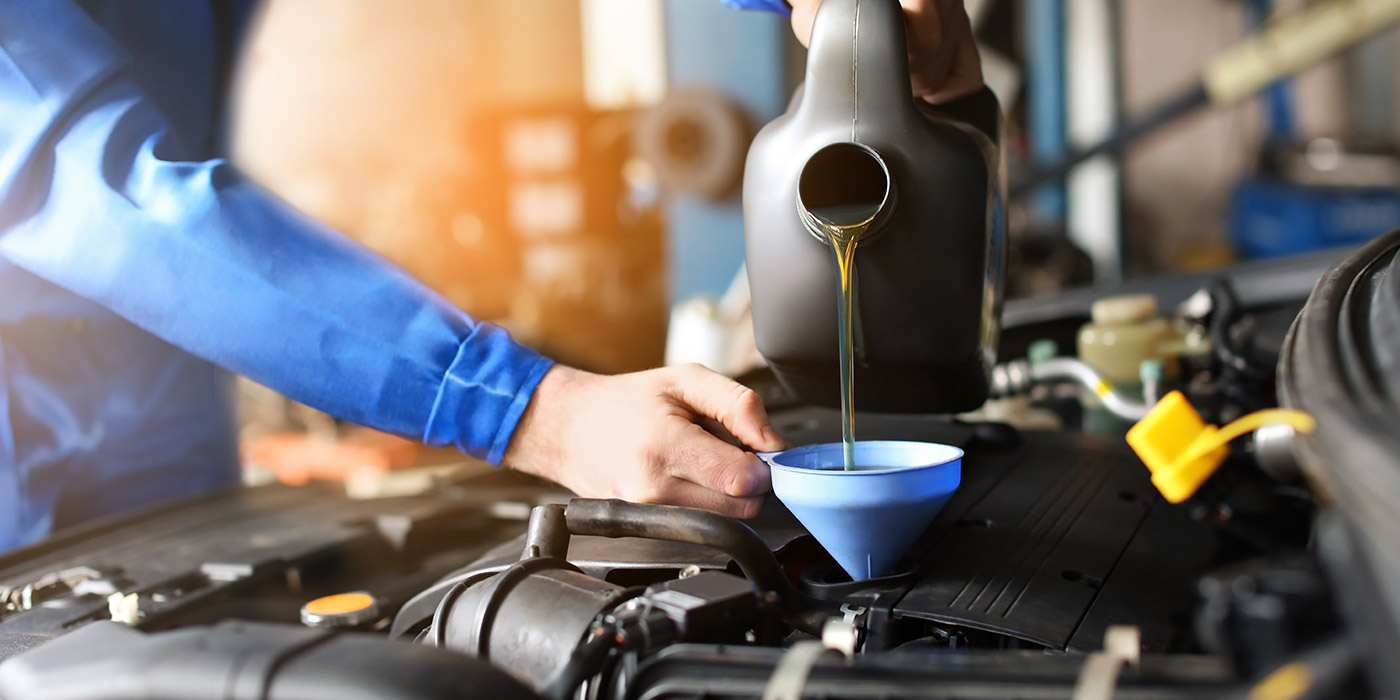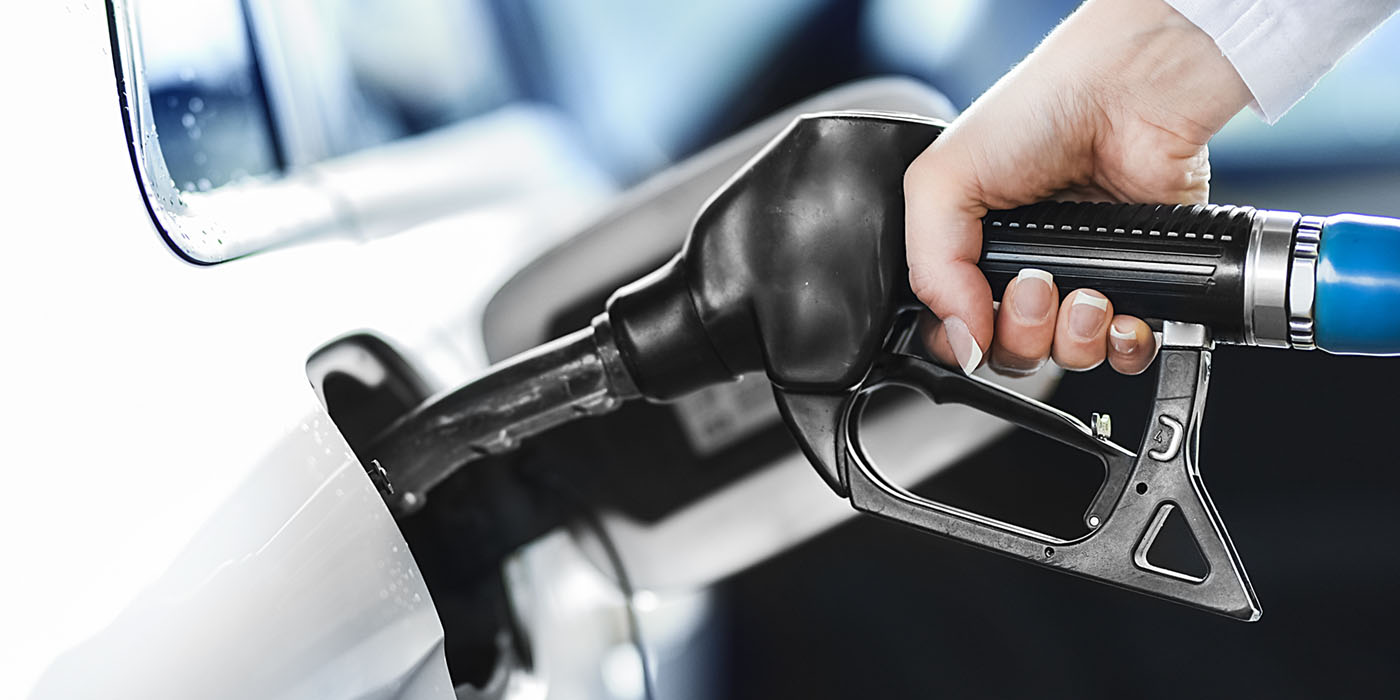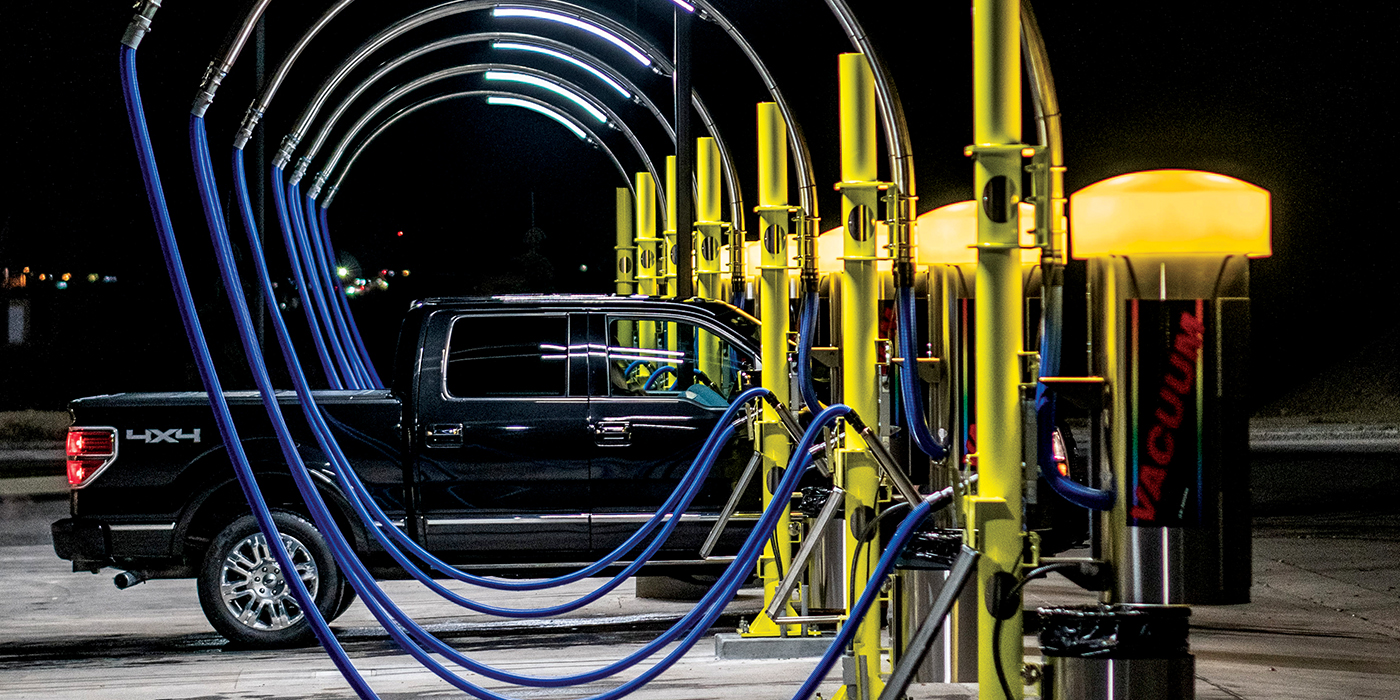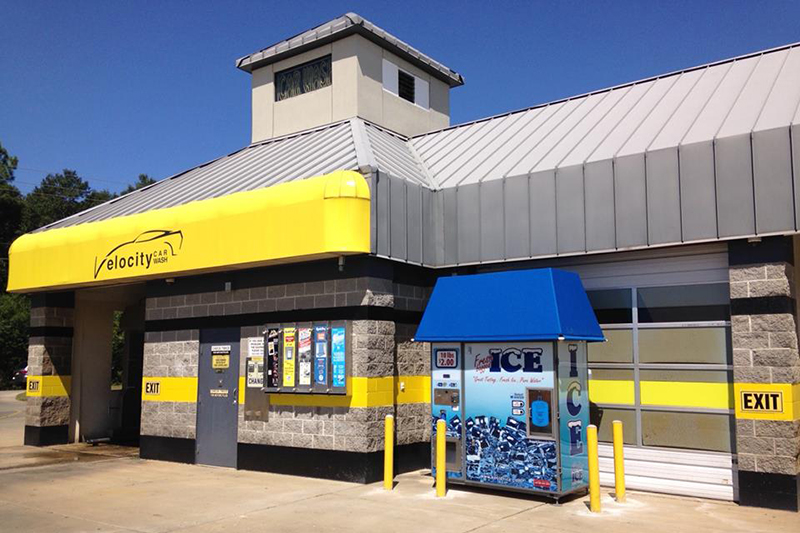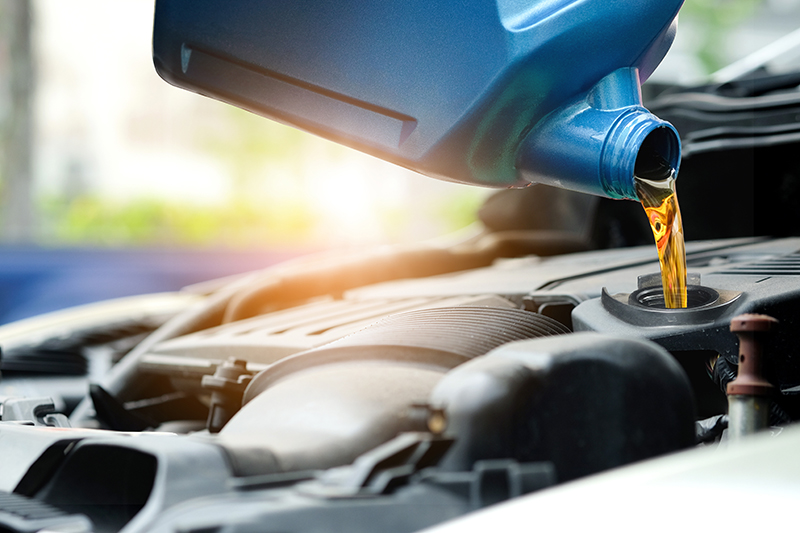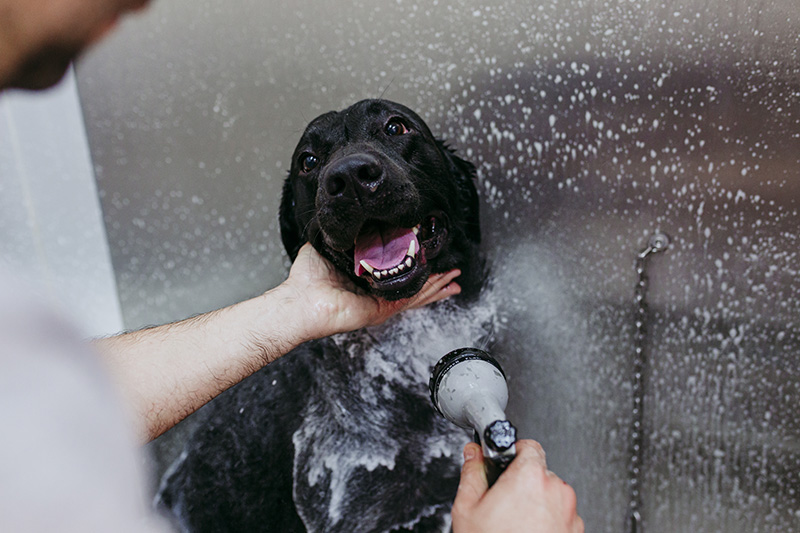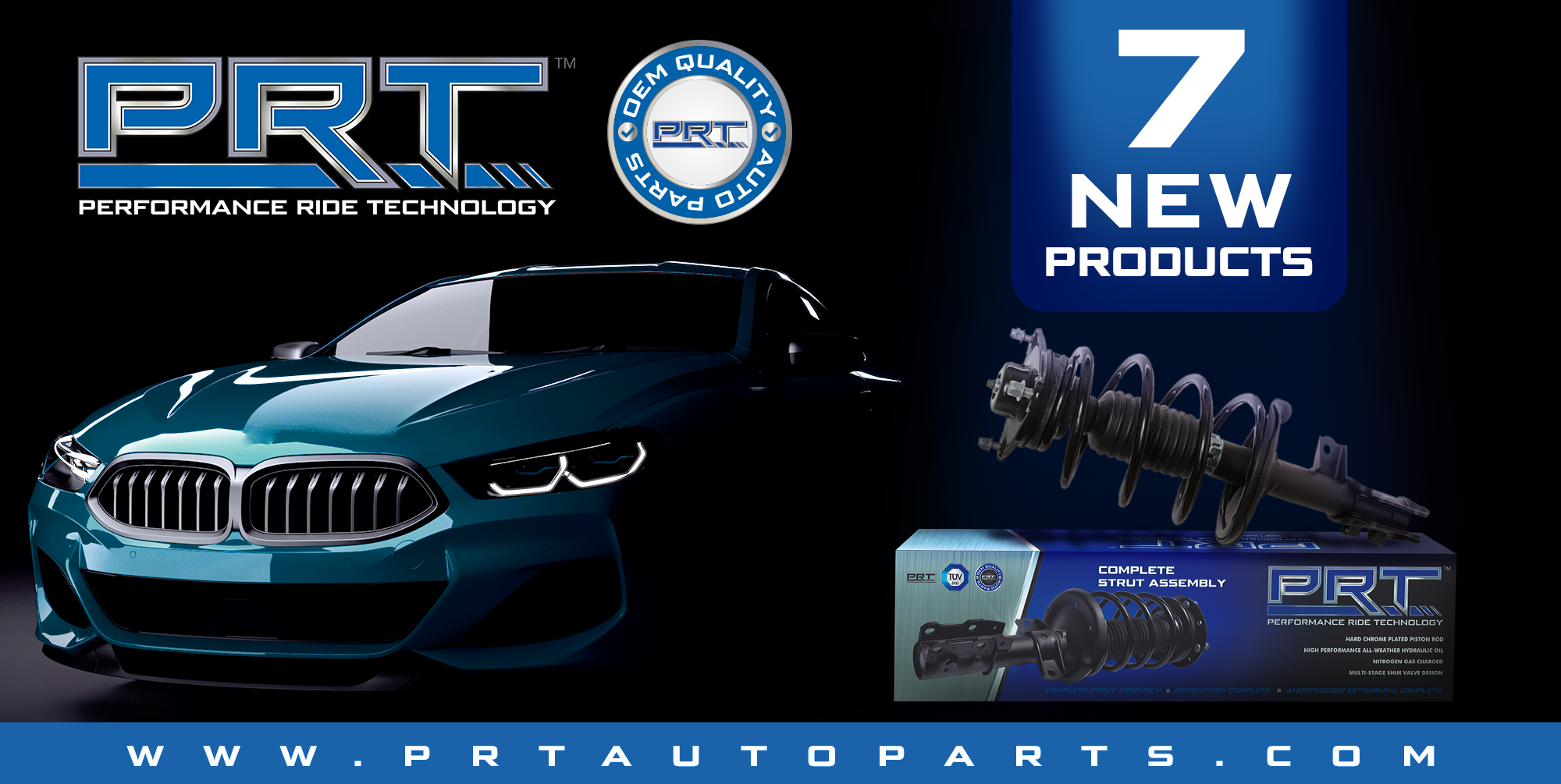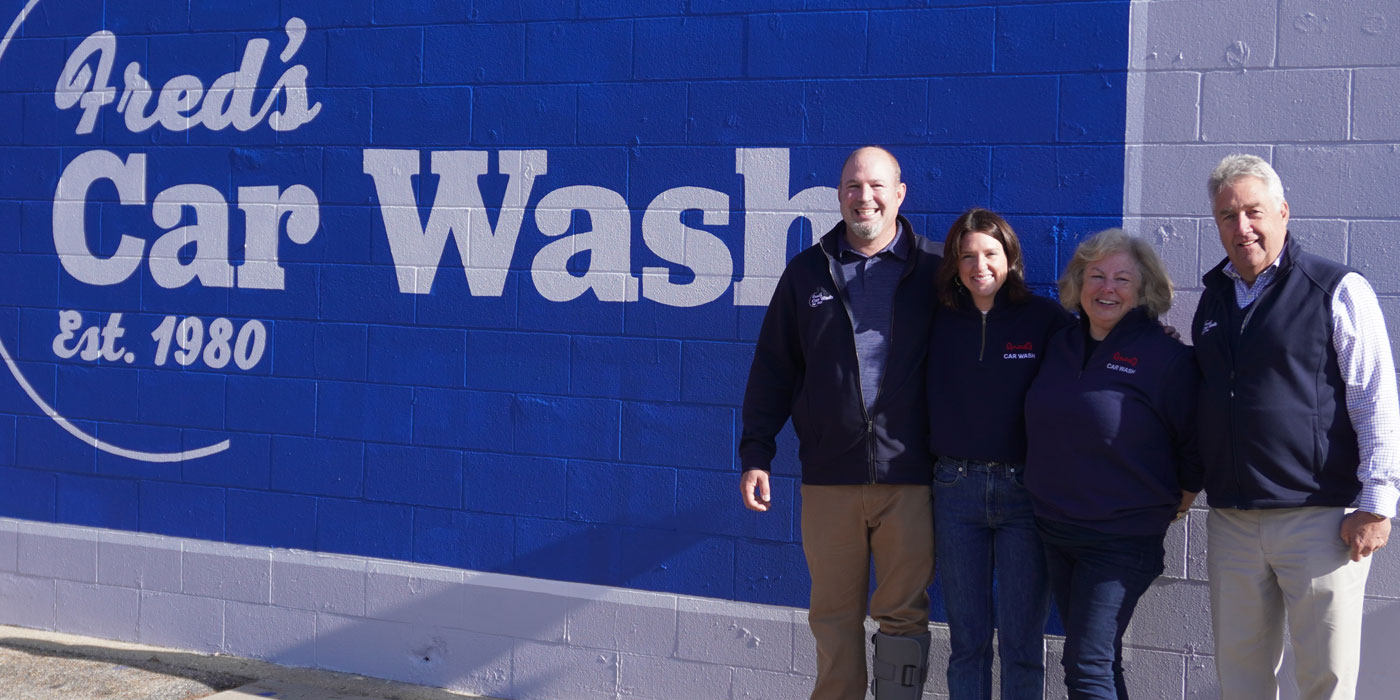For operators and customers, organic change in the carwash market can be a welcome sight. Wash owners and equipment companies have worked together and developed new services through the decades, which has ultimately led to the flex-serve format. From the first automated tunnels to autonomous self-serve bays and upgraded in-bay automatic technology. Over time, this progress in the industry improved wash results, increased sales and created new services for professional car care businesses around the world.
One of the most recent changes in the carwash market is the development of a hybrid flex-serve format. Simply put, flex-serve carwashes combine the convenience and speed of an express tunnel with the hands-on services included at many full-service washes. Often the carwashes that incorporate the most popular services from express and full-service are able to offer customers the best of both worlds at a reasonable price point.
Flex-serve conversion is an option for many carwash operators today because the format can be a fit for traditional full-service locations as well as existing express tunnels. Though the owners of these businesses have the same goal, the changes necessary for each wash type will be unique. Still, no matter the current wash format, the conversion will lead to multiple benefits for owners while adding convenience and value for customers.
Defining flex-serve
So what are some common steps full-service and express tunnel owners will take when converting to the flex-serve format? Many operators will add equipment when possible to ensure the tunnel process does most of the work, according to Brian Bath, VP of sales for Innovative Control Systems. Some locations also increase the number of dryers to shorten any towel drying time. Before the tunnel, prep steps are eliminated when possible to add to the speed of service.
The types of hands-on services an owner adds or changes will vary by location. The hand-finish services commonly offered in flex-serve washes include:
- Cleaning the windows
- Vacuuming
- Towel drying.
Some large operations choose to add higher-end detailing services as well, Bath says.
“At our wash, we added air hoses to blow out the mirrors and moldings,” Bath explains. “After the car leaves [the wash], there is little to no water running from those areas, adding a greater level of service and quality in the finished product.”
When planning a wash change from express or full-service to flex-serve, owners should be aware that every location will have its own challenges. Trade shows, road shows and carwash industry groups are all great resources to begin the research and planning process.
The potential need for equipment upgrades, employee training and site changes mean a conversion can take anywhere from a few weeks to a few months. Bath recommends owners do their homework and look for a plan that keeps the wash open as the conversion is performed.
Controlling labor costs
For full-service washes, flex-serve conversions have the dual advantages of reducing labor costs while increasing the speed of service. One change, shares Bath, would be adding payment terminals to a location. This allows the customer to stay in the car, purchase the wash, ride through the tunnel and move to a designated area for his or her hand-finish services.
“For the site owner, he [or she] reduces the labor cost by three people immediately: a lobby cashier, and the drive-on and drive-off labor positions,” Bath explains. “The wash becomes easier to operate with labor concentrated in one area.”
In a time when major cities like Seattle — and now the states of California and New York — are moving up to a $15 minimum wage, converting to flex-service makes more sense than ever, according to Bath. It reduces labor costs, allowing an operator to keep pricing and costs under control. As the minimum wage goes up over the next few years and labor continues to be a challenge, the operator can slowly move to a complete express model without losing the majority of his or her customer base, if needed.
Flex-serve benefits customers
Customers of full-service or express tunnel washes that have converted to flex-serve gain a number of benefits. First, as the name implies, flex locations offer greater choices to the wash customer. Bath notes that not every vehicle requires a full-service cleaning every visit to a carwash.
Flex-serve locations allow a customer to plan on getting a full-service style wash that includes additional services once a month while still using the wash weekly for exterior-only washing. Benefiting both parties, this change meets specific customer needs and shortens wait times as well as time spent on-site. This becomes a win/win for customers and operators alike.
The change to a single hand-service area is another positive change for customers. Bath believes the carwash customer is happy to stay in the car during the wash process and then drive to a specified hand-finish service area after. There is less moving of seats and other vehicle setting changes caused by employees driving the vehicle, and this minimizes small annoyances that may inconvenience a customer.
Allowing the customer to keep control of the vehicle often puts him or her at ease. Bath notes with the cost of new vehicles today — and with more people renting than ever before — a car or truck may easily be a customer’s most valuable possession. To that end, operators and employees should always remember to treat vehicles with care.
Finally, Bath provides a real-world example of the flex-serve format’s benefits based on his own experience running a carwash. “We have changed our own full-service wash to an express/flex model, going from a wash that was 100 percent full-service to now flex with free vacuums for the express customers,” Bath states. “Our wash has continued to grow in volume and profit while the full-service has gone to 15 percent of our business.”
Bath says the wash’s customers have adapted and fully embraced the flex-service change, but a slow conversion helped ease the transition. Bath concludes, “We made changes over a couple of years so they could adapt.”
Eugene Allen is a freelance writer.

